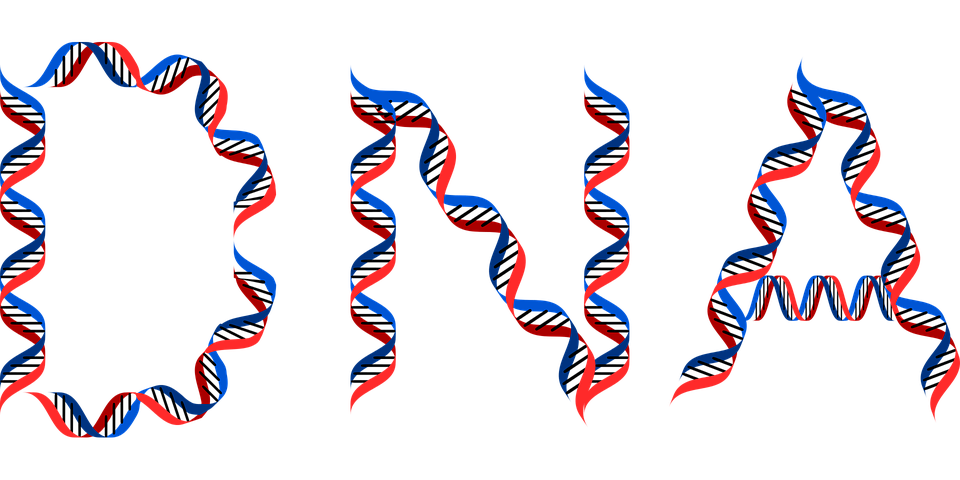UCLA-led team compares DNA of children with the disorder to that of their siblings and parents

A UCLA-led research team has identified dozens of genes, including 16 new genes, that increase the risk of autism spectrum disorder. The findings, published in the journal Cell, were based on a study of families with at least two children with autism.
Researchers from UCLA, Stanford University and three other institutions used a technique called whole genome sequencing to map the DNA of 2,300 people from nearly 500 families. They found 69 genes that increase the risk for autism spectrum disorder; 16 of those genes were not previously suspected to be associated with a risk for autism.
Researchers also identified several hundred genes they suspect may increase the risk of autism based on their proximity to genes previously identified to carry an increased risk. The study analyses further revealed several new biological pathways not previously identified in studies of autism.
The findings shed light on how genetic variants or mutations — the differences that make each person’s genome unique — are passed from parents to children affected with autism, said the study’s co-lead author Elizabeth Ruzzo, a UCLA postdoctoral scholar. Former UCLA postdoctoral scholar Laura Pérez-Cano is the study’s other co-lead author.
“When we look at parents of autistic children and compare them to individuals without autism, we find that those parents carry significantly more, rare and highly damaging gene variants,” Ruzzo said. “Interestingly, these variants are frequently passed from the parents to all of the affected children but none of the unaffected children, which tells us that they are significantly increasing the risk of autism.”
Of the children in the study, 960 have autism and 217 children do not. That enabled researchers to analyze the genetic differences between children with and without autism across different families.
“Studying families with multiple children affected with autism increased our ability to detect inherited mutations in autism spectrum disorder,” said Dr. Daniel Geschwind, senior, corresponding author of the study and the Gordon and Virginia MacDonald Distinguished Professor of Human Genetics, Neurology and Psychiatry at the David Geffen School of Medicine of UCLA.
“We show a substantial difference between the types of mutations that occur in different types of families, such as those that have more than one affected child versus those having only one child with ASD,” said Geschwind, who also was the study’s co-principal investigator and director of the UCLA Center for Autism Research and Treatment and director of the Institute of Precision Health at UCLA.
The research also found that the 16 genes newly determined to be associated with an increased risk for autism form a network with previously identified ASD risk genes. The way they interact with one another further heightens the risk, said the study’s co-senior author and co-principal investigator Dennis Wall, a Stanford University School of Medicine associate professor of pediatrics and of biomedical data science.
“They associate with each other more tightly than we’d expect by chance,” he said. “These genes are talking to each other, and those interactions appear to be an important link to autism spectrum disorder.”
The nearly 600 genes researchers suspect as carrying an increased risk of autism were identified through “guilt by association,” or through their interactions with other genes that already have been shown to carry an increased autism risk, Ruzzo said.
“And although not all of those genes will be found to increase the risk for autism, our analysis indicates that future studies will provide support for many of these genes,” she said.
The families studied are part of the Autism Genetic Resource Exchange (AGRE), which was originally developed nearly two decades ago by researchers and the National Institutes of Health in collaboration with Cure Autism Now, which is now a program of Autism Speaks.
Autism is a spectrum of neurological disorders characterized by difficulties with communication and social interaction. Geschwind has been working to identify the genetic causes and biological mechanisms of the disorder for more than a decade, and led the original development of the AGRE resource that was used in this study in the late 1990s. In 2018, he and colleagues at UCLA received their second, five-year grant from the NIH to expand autism research by studying genetic causes of autism in African American families.

